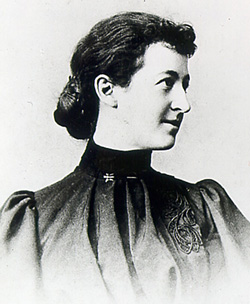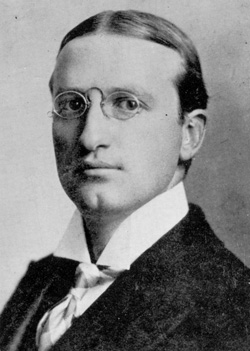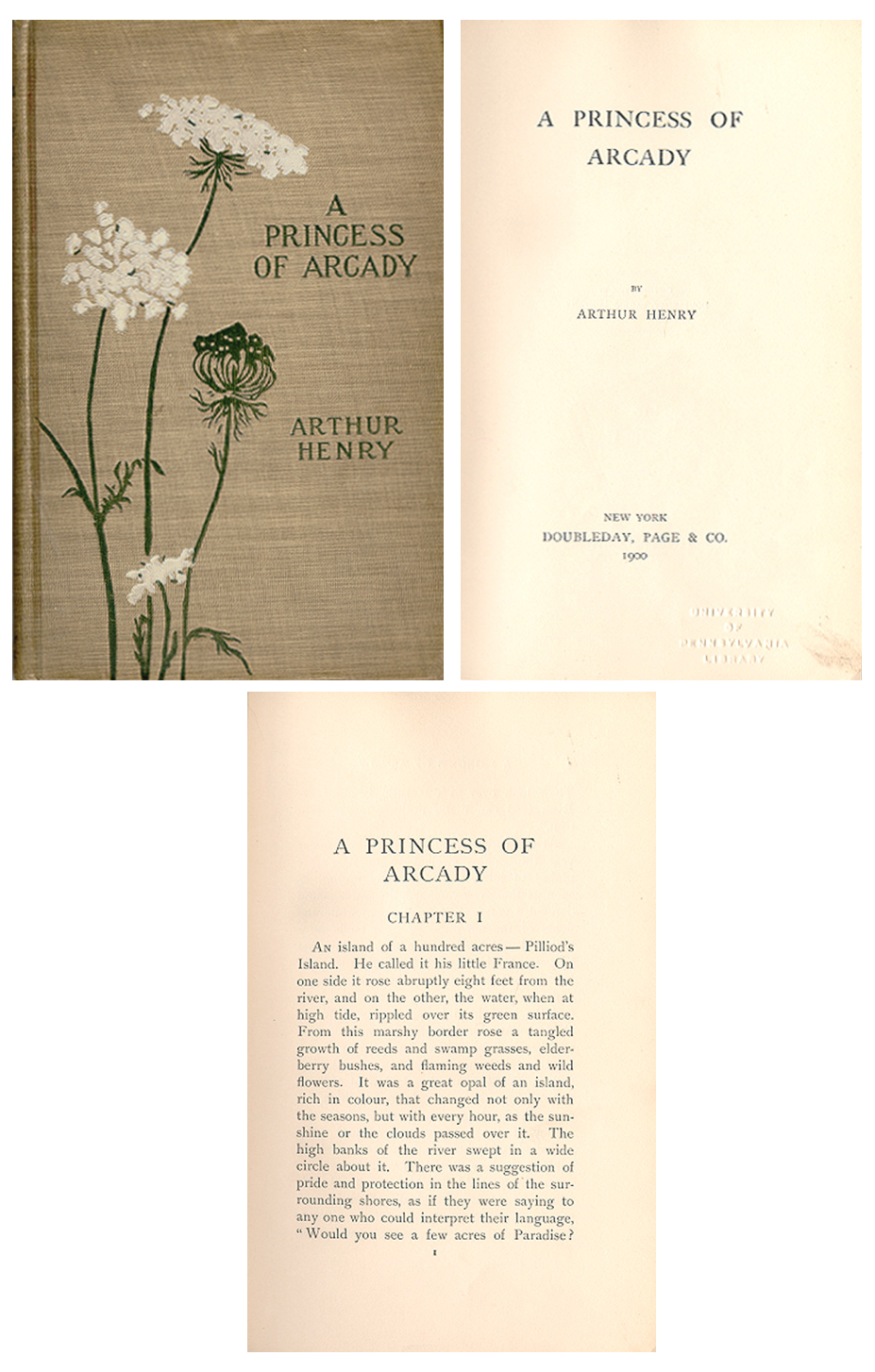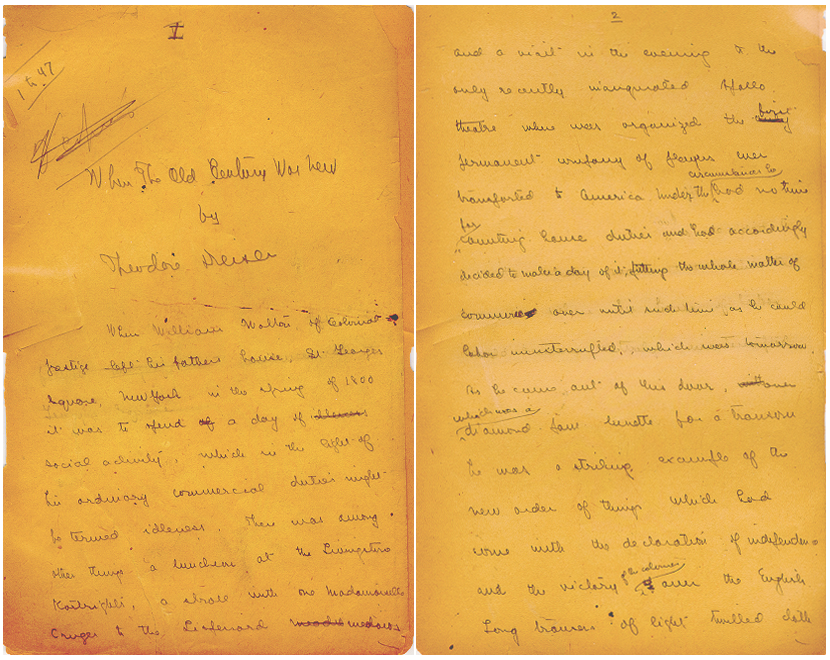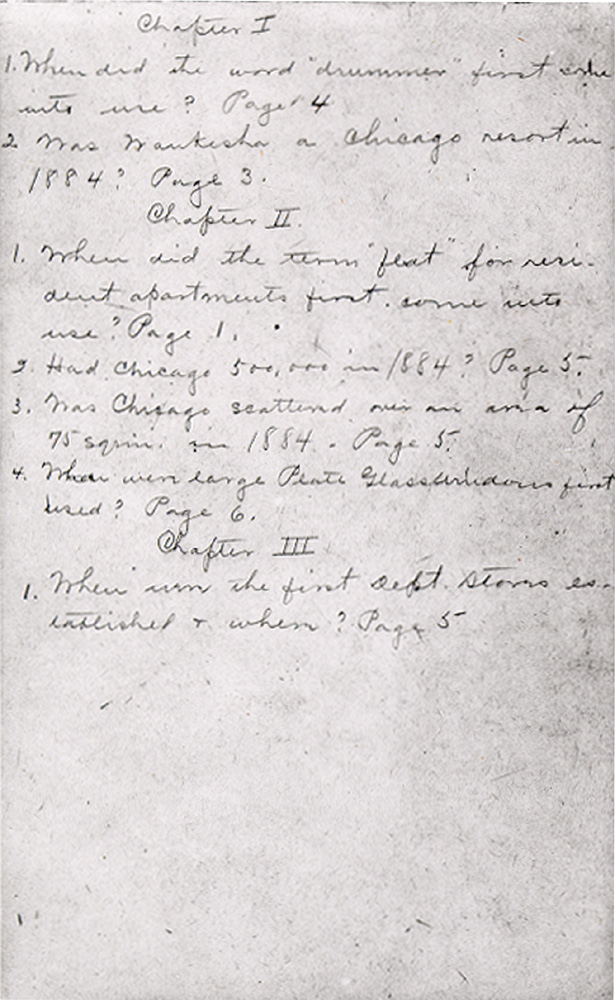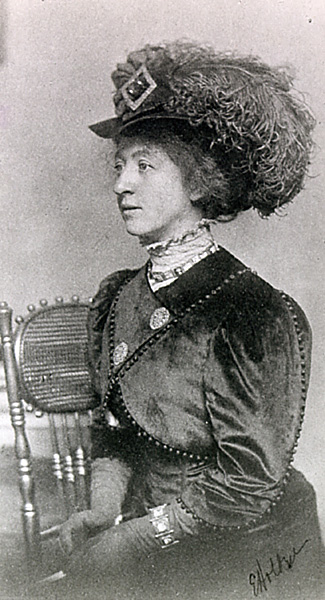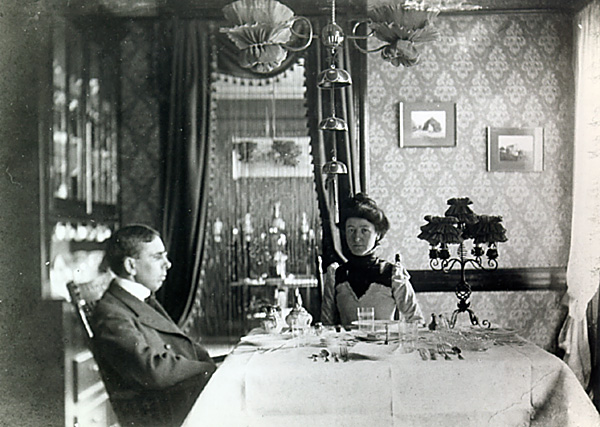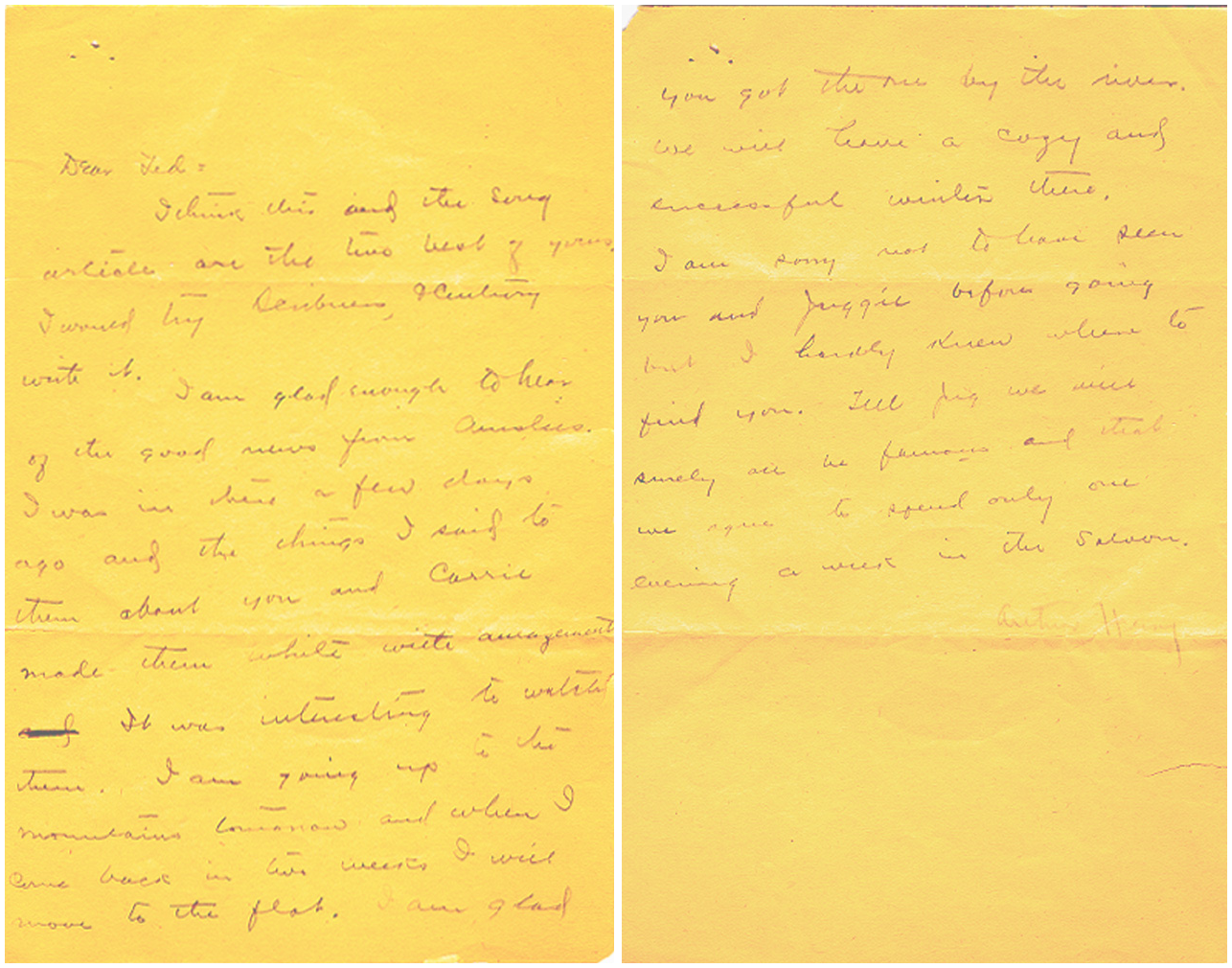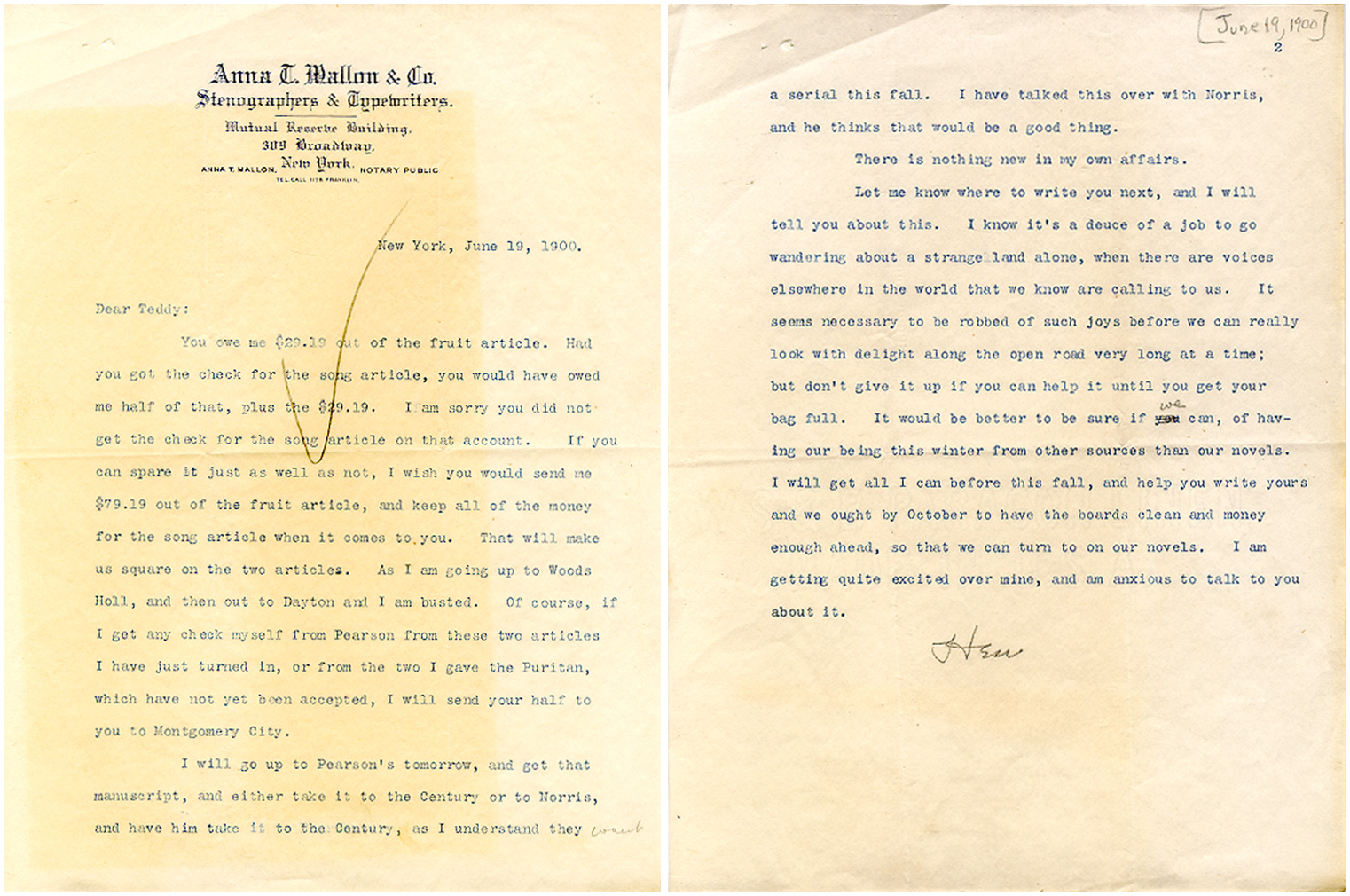After faking a group of theatrical reviews for the St. Louis Globe-Democrat (Dreiser wrote them without attending the performances, unaware that the shows had not yet arrived because of a train delay), Dreiser resigned his position at the Globe-Democrat and ultimately presented himself to the inferior morning daily, Republic. To promote circulation, the paper sponsored a contest to select the most popular Missouri schoolteachers; Dreiser was assigned to cover the trip to the Chicago World's Fair for the twenty who received the most votes. On the train he met his future wife, Sara Osborne White, one of the contest's finalists: she was two and a quarter years Dreiser's senior. Married in Washington, D.C., on 28 December 1898--more than five years after first meeting--the couple initially settled in New York. As Dreiser began his first novel in earnest in the fall of 1899, it was Sara (known as Jug)--the schoolteacher--who corrected grammar and improved sentence structure. Her misgivings about the immorality of some of the characters proved prophetic in the turmoil that ensued with the publication of Sister Carrie.
In March 1894 Dreiser, still an itinerant newspaperman, came to Toledo, Ohio, in search of a job. There he met Arthur Henry, the then twenty-six-year-old city editor at the Toledo Blade, for whom Dreiser wrote an account of the Toledo streetcar strike. The two men felt an immediate rapport, and although Henry could not offer Dreiser a permanent position, they agreed to keep in touch, particularly regarding their shared literary ambitions. By 1899 Dreiser, his wife Jug, and Henry were all in New York. Henry convinced his friend to begin work on a novel, suggesting, in fact, that they spend the summer of 1899 at Henry's home in Ohio, where both would devote time to their literary endeavors, offering each other advice and encouragement and even sharing their incomes. Dreiser never did begin a novel during this summer retreat, although he did work on several short stories. Upon their return to New York, Dreiser and Henry continued their tandem pursuit of becoming novelists: Henry produced A Princess of Arcady and Dreiser began and completed Sister Carrie. Both texts were published by Doubleday, Page & Co. in 1900.
Fig. 3: The first edition of Henry's first novel was published in the same year and by the same publisher as Sister Carrie. The latter, however, received a plain-red binding with plain-black lettering, described by one of Dreiser's biographers as "an assassin's binding." Sister Carrie was not even listed in the Doubleday, Page & Co. catalogue, while A Princess of Arcady was described as a "charming idyll," "a delicate romance," and a "striking contrast to the strenuous and often unpleasant fiction which is so common today."
Fig. 4: These are the first two pages of one of four short stories that Dreiser wrote while he and Jug spent the summer of 1899 with Arthur Henry and his wife at the latter's home in Maumee, Ohio. The story appeared in the January 1901 issue of Pearson's Magazine and takes place in 1801 in Manhattan. In this historical romance the reader follows a well-to-do young merchant during the course of a spring day, which ends in his successful marriage proposal to a young woman.
Fig. 5: This reproduction of a manuscript held by the The New York Public Library displays the questions that Jug had regarding historical accuracy after reading the first three chapters of her husband's manuscript of Sister Carrie.
Fig. 8: Throughout his literary career Dreiser relied on the support and advice of others. Henry was one of many who not only encouraged Dreiser but also acted as his editor, even agent. Referring to a recent trip to the offices of Ainslee's Magazine, Henry writes: I was in there a few days ago and the things I said to them about you and Carrie made them white with amazement."
Fig. 9: This letter begins with business--a reckoning of accounts in their agreement to share incomes fifty-fifty--and ends with empathy and encouragement regarding their literary endeavors.
